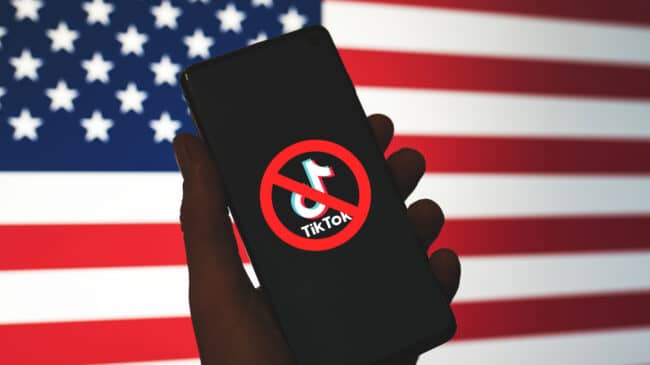The US Supreme Court Allows Temporary Removal of Razor Wire Barrier

The US Supreme Court, in a narrow 5-4 decision, has granted permission for Border Patrol agents to temporarily resume the removal of razor wire installed by Texas along a significant stretch of the US-Mexico border. The vote enables the dismantling of concertina wire along the Rio Grande, a measure intended to discourage illegal entry into the US. The ongoing legal clash between the Biden administration and Texas centres on the state’s robust actions to fortify border security, including the use of razor wire.
The decision paves the way for Border Patrol agents to address the sharp wire, which has caused injuries to some migrants. The Justice Department argues that the barrier impedes effective border patrolling and provides assistance to migrants in need. The Supreme Court’s brief order did not provide explanations, constituting a win for the Biden administration while the legal battle continues.
Texas Governor Greg Abbott had authorised the installation of razor wire as part of a broader strategy to reduce illegal crossings from Mexico. The absence of deterrents, such as razor wire, according to Abbott’s spokesman, Andrew Mahaleris, could encourage migrants to undertake unsafe crossings, complicating the work of Texas border personnel.
As the legal dispute unfolded, the White House commended the Supreme Court’s decision, criticising what it views as political manoeuvres by Texas. The concertina wire spans about 30 miles near Eagle Pass, a hotspot for illegal crossings. The Texas Military Department recently assumed control of Eagle Park, limiting access for Border Patrol agents.
Governor Abbott has implemented various measures, from floating barriers in the Rio Grande to allowing arrests on trespassing charges, all facing legal challenges from the Biden administration. In court, the administration contends that the wire hampers Border Patrol efforts, emphasising federal immigration law supremacy over Texas’ border control initiatives.
The Supreme Court’s decision saw Chief Justice John Roberts and Justices Amy Coney Barrett, Ketanji Brown Jackson, Elena Kagan, and Sonia Sotomayor siding with the administration. On the contrary, Justices Samuel Alito, Neil Gorsuch, Brett Kavanaugh, and Clarence Thomas voted in favour of Texas. The legal dispute continues as both sides navigate the complexities of immigration enforcement on the US-Mexico border.






